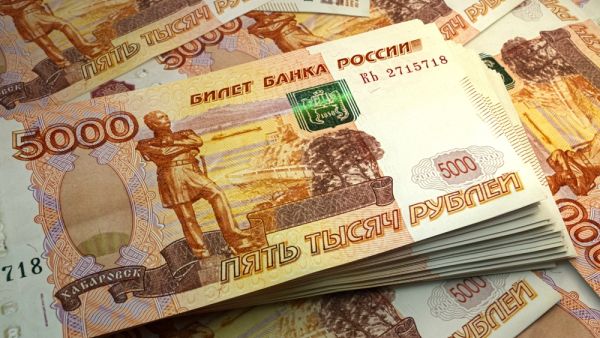The Bank of Russia has nearly doubled the country’s key interest rate from 9.5% to 20% and imposed some controls on the flow of capital, as its currency, the ruble, plunged to record low against the dollar following further moves by Western powers to the country over the invasion of Ukraine.
The ruble fell as far as 119.50 per dollar, down 30% from Friday’s close.
"External conditions for the Russian economy have changed dramatically. An increase in the key rate will make it possible to ensure an increase in deposit rates to the levels necessary to compensate for the increased devaluation and inflation risks. This will help maintain financial and price stability and protect citizens’ savings from depreciation," said the central bank in a statement.
In addition, the bank temporarily banned brokers from selling securities held by foreigners starting Monday on the Moscow Exchange, without specifying which securities the ban applies to.
The bank also said it would be freeing 733 billion rubles ($8.78 billion) in local bank reserves to boost liquidity.
Governor Elvira Nabiullina is due to speak at 4 p.m. in Moscow, the central bank said.
These forceful measures come after the US, European allies and Canada agreed to cut off key Russian banks from the interbank messaging system, SWIFT, which connects more than 11,000 banks and financial institutions in over 200 countries and territories. In addition, several countries have also announced on Sunday barring Russian aircrafts from landing or overflying their airspace.
Ukrainian forces have so far managed to hold back the Russian advances and remain in control of the two cities, Ukraine’s defense ministry said on Sunday.









